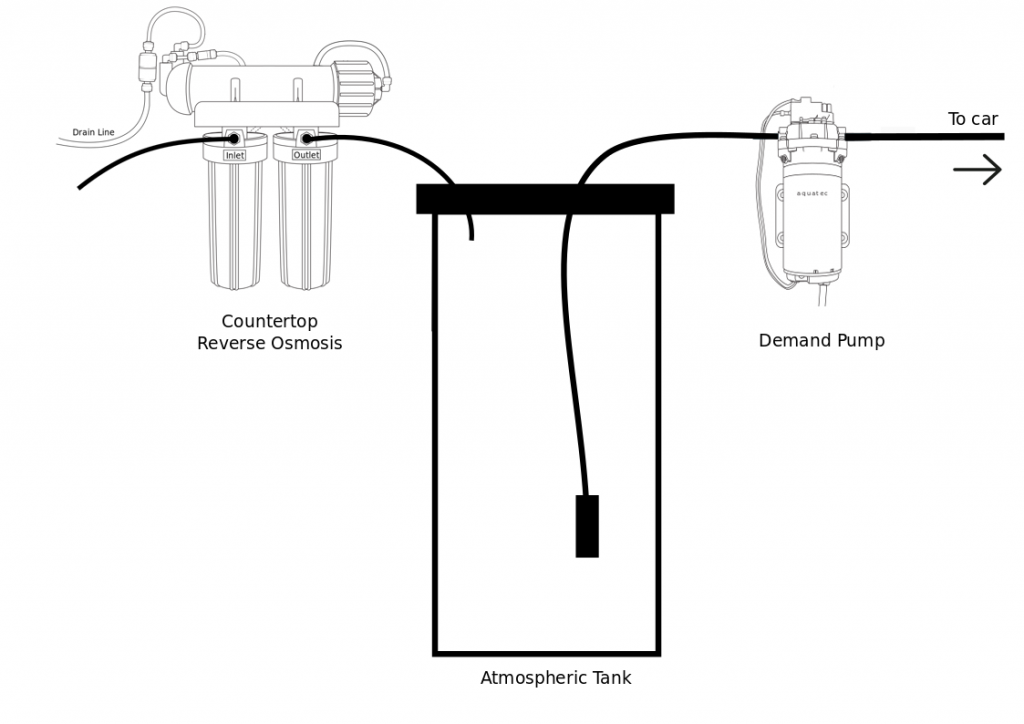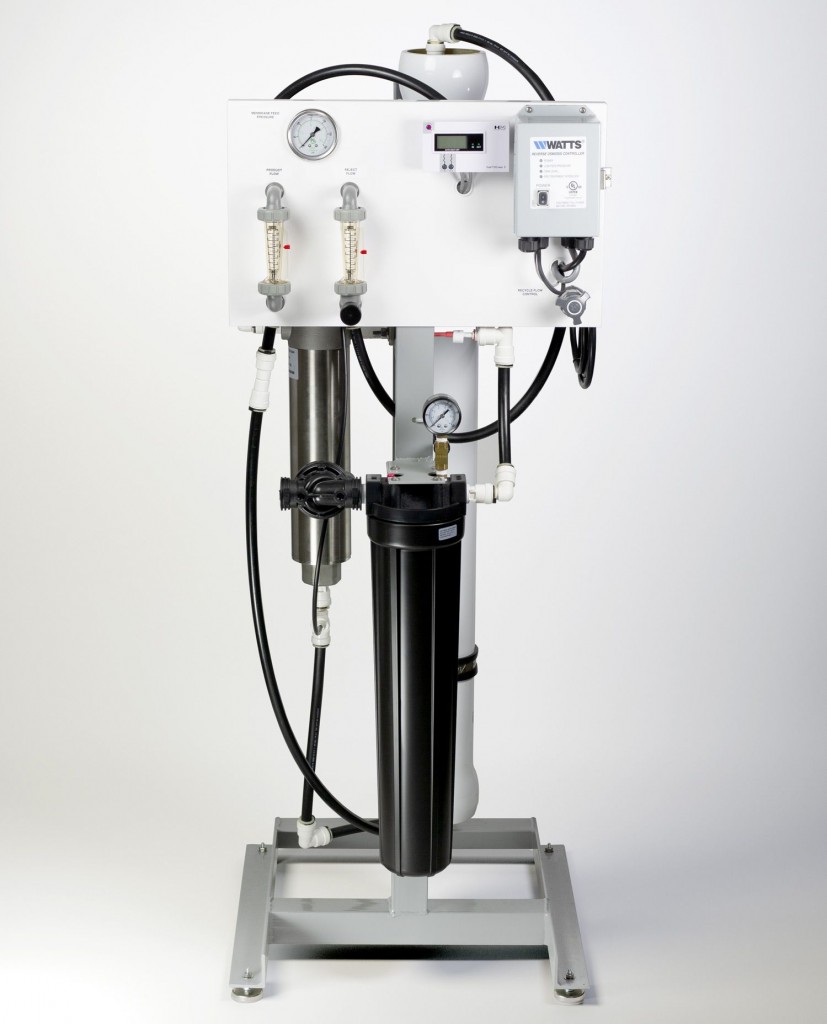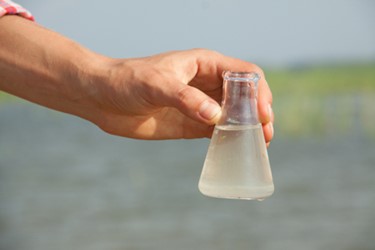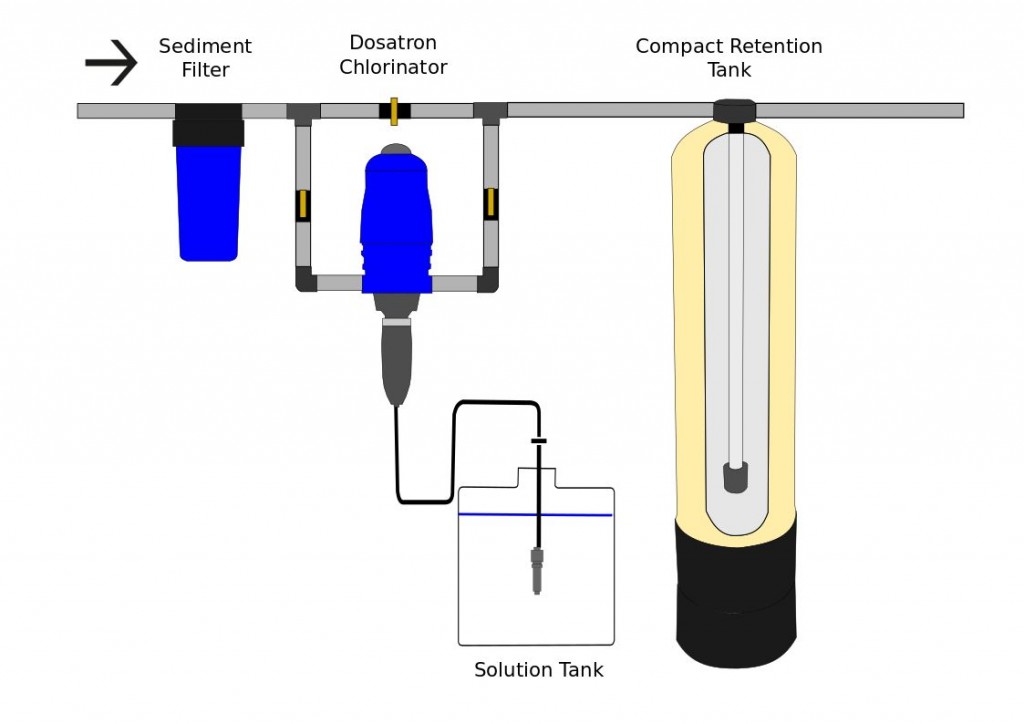Scientists discover it’s “raining plastic” from metro Denver to high in Rocky Mountain National Park
U.S. Geological Study research in Colorado finds “plastic is everywhere”
by Bruce Finley
Scientists testing rainwater around metro Denver and high in the Front Range mountains found microscopic bits of colored plastic in more than 90% of their samples — adding to growing evidence that plastics have contaminated the planet far more deeply than people can see.
This research led by U.S. Geological Survey research chemist Greg Wetherbee is raising questions about the possible impact on people and ecosystems. It’s unclear, for example, whether metro Denver drinking water treatment plants remove these tiny plastic fibers and shards.
“People might be seeing a lot of plastic in the oceans, on the ground, at the supermarket. But there is more plastic in the environment than meets the eye,” Wetherbee said in an interview Thursday. “Plastic is everywhere. It is in the rain and snow.”
The findings are summarized in a federal research report titled “It Is Raining Plastic” that was published in July after passing a four-stage, peer-review process. It’s based on analysis of 300 rainwater samples collected weekly in 2017 at six urban sites in the Denver-Boulder area and two in the mountains, including a seemingly isolated site in Rocky Mountain National Park.
Lab analysis using microscopes found water from the Colorado collection sites contaminated with blue, red, silver, purple and green fragments from the breakdown of larger pieces of plastic.
There are no limits in place, or standards, for this type of pollution, and federal scientists suggested the “microplastics” come from clothing through laundry drier vents, household materials such as tarps, and packaging that degrades, releasing bits that blow in the wind and wash into water — and presumably are evaporated into the atmosphere.
USGS scientists found more plastic particles in water samples drawn from the urban sites — which followed a line from the National Jewish Hospital in east Denver through downtown to Arvada, the Rocky Flats National Wildlife Refuge, the University of Colorado’s Boulder campus and Boulder Canyon.
But Wetherbee and his team also found frequent plastics contamination in water samples drawn at a mountain site near Nederland and at a relatively isolated Loch Vale site at an elevation of 10,364 feet above sea level beneath towering peaks in Rocky Mountain National Park — a watershed that scientists have monitored for more than 20 years for chemical contamination from wind and rain.
The scientists concluded that plastics contamination of water “is ubiquitous and not just an urban condition,” the report said.
These results fit into recent research by European scientists who detected plastics contamination of water in the Arctic. A Utah State University scientist has been conducting studies focused on pollutants inside U.S. national parks.
Plastics fragments often are so small that they slip through water-cleaning filters and spread into rivers and oceans.
After revelations that many U.S. personal care products including soaps and toothpastes contained plastic “micro-beads” for scouring, Congressional lawmakers in 2015 began trying to prevent companies from making those projects in the United States. A phase-out was to begin in 2017. Several states, including California and New Jersey, passed laws requiring a total phase-out of micro-bead products by 2020. These are but one source of plastics pollution. Oceans around the world contain floating heaps of plastics, and larger pieces splinter over time into tiny bits.
The fragments detected in Colorado water are considerably smaller, scientists said. The consequences for human health and ecosystems are largely un-studied.
“An emerging contaminant issue”
Drinking water impacts are “a good question,” said Denver-based USGS research hydrologist William Battaglin, founder of the Consortium for Research and Education on Emerging Contaminants, a group of metro water professionals and scientists who meet regularly to discuss water pollutants that remain mostly uncontrolled.
“This is an emerging contaminant issue. It is something we should be aware of,” Battaglin said. “It is another impact of human society on the landscape that we were unaware of until recently.”
When Wetherbee began his research, he was looking for nitrogen pollution of water as part of a four-decade National Atmospheric Deposition Program that began with investigations of acid rain and broadened in 1978 to encompass other pollutants that spread from people into the natural environment.
Water samples were sent to a central lab in Wisconsin. Wetherbee asked to have filters sent back after testing. He wanted to see whether they’d caught heavy metals from possible industrial sources in Denver.
“I thought I’d better look at these things just to see what is on them. Then the data will make more sense.” He photographed each filter to preserve a record.
“I started to notice there were these pieces of plastic. Was it that surprising to see these plastics in the urban environment? Then, when I saw them in Rocky Mountain National Park, it started to be very surprising.”
Depending on funding, future USGS research in Denver, where the agency’s national water quality lab is located, will focus on measuring how much microplastic is spreading around the planet.
“Second, it is up to the ecological community to find out what the effects on ecosystems might be,” Wetherbee said. “It might not matter as much as we might suspect. It may be something we really need to worry about.”
At Denver Water on Thursday, utility officials familiar with the federal findings said they didn’t know whether microplastics are present in drinking water but would monitor research and adjust treatment processes accordingly.
“Denver Water is fortunate to have watersheds that are in great health, consisting of more remote mountain sites that provide us with high-quality snow runoff. Denver’s drinking supply does not come from the metro Denver area that the USGS study sampled,” utility spokesman Travis Thompson said in an emailed response to queries from The Denver Post.
“As Denver Water’s scientists learn more about emerging issues like this, we use that to inform monitoring programs, management of our watersheds and treatment processes to ensure Denver’s tap water always meets or goes above and beyond the strict federal regulations and water quality standards.”
Source: Denver Post














